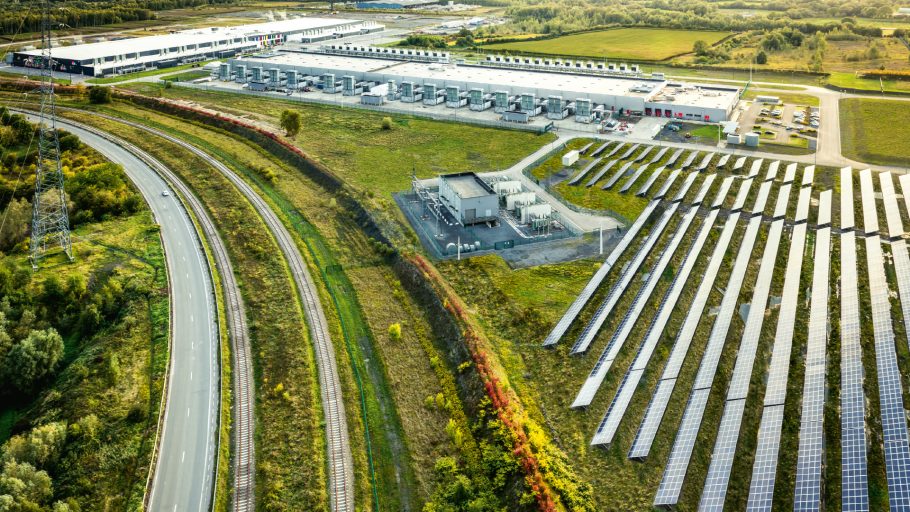THE TWO-FOLD PURPOSE
The battery-based backup system will serve two purposes. The first, and obvious one will be that in the event of a power outage, millions of users will still have Internet access. Around the announcement of the battery-based backup power system, Google’s VP of Data Centers Joe Kava wrote on their corporate blog about how they will draw on the system’s versatility.
Kava states: “In the event of a power disruption, the system will help keep our users’ searches, e-mails, and videos on the move-without the pollution associated with burning diesel. But even more important is what will happen when Google doesn’t need emergency power. Whereas diesel generators sit idle most of the year, batteries are multi-talented team players; when we’re not using them, they’ll be available as an asset that strengthens the broader electric grid.”
Indeed, Google-and Kava-consider batteries to be a “better, cleaner solution that has advanced far enough to keep the Internet up and running.”
ALIGNMENT WITH CARBON NEUTRALITY
According to Google’s estimates, there are more than 20GW of diesel generators at data centers globally. Kava sees a “massive opportunity to deploy cleaner solutions.” Google-and Kava-see the Saint-Ghislian project as “a model for how data centers can become anchors for carbon-free electric grids.” Google has been carbon-neutral since 2007 and is working toward an ambitious goal of 24/7 carbon-free electricity by 2030 at its data centers.
Kava’s Google colleague Maud Texier is the Head of Energy Development at Google Data Centers. According to Texier, the Saint Ghislain project could demonstrate the potential of batteries as a viable and reliable alternative to backup generators. It also could demonstrate how battery storage can balance the grid and will kickstart the integration of battery storage into Google’s global infrastructure assets.

